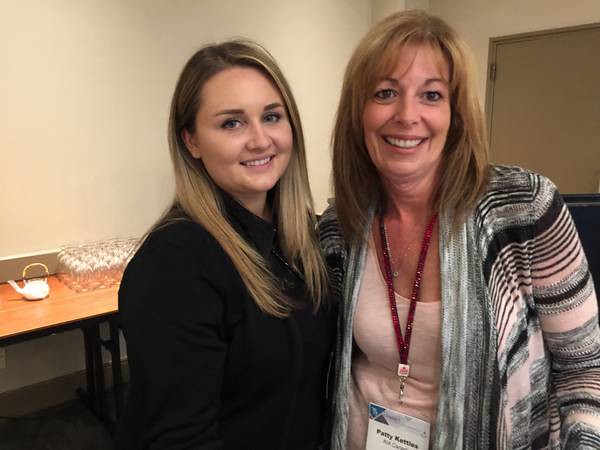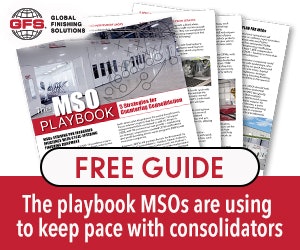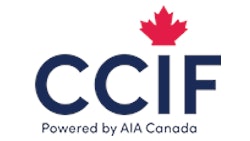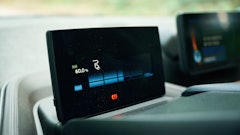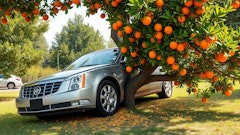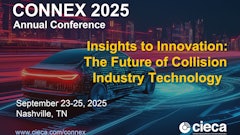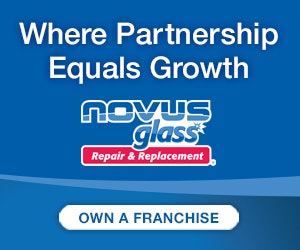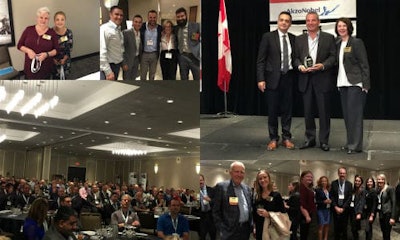
By Erin McLaughlin
Edmonton, Alberta — September 30, 2017 — The Edmonton meeting of the Canadian Collision Industry Forum (CCIF) took place on September 29 with members from many different corners of the industry attending to collaborate, share ideas and collectively discuss and work to improve. Brigitte Pesant, CCIF Administrator, said in her welcome remarks, “CCIF provides a national venue for industry stakeholder that can develop solutions for issues that are common to the industry,” and the conversations throughout the event held true to this goal. Joe Carvalho, CCIF Chairman, built on Pesant’s point in his opening remarks, noting that CCIF is a place where industry members can speak up and share common ideas. “This is a resilient, tough industry and we’ll get through whatever we need to get through,” he said.
Michael Anderson, Senior Direction and Decision Sciences and Analytic Development at Audatex spoke first. His discussion was titled “Vehicle Technology Trends and the Impact on Repair Costs.” Anderson’s main focus revolved around how, as the number of parts within a vehicle increase, and as the type of technology/materials found in vehicles become more complex, the price of repairs increases as well. “Prices of repairs remained relatively flat until 2012,” he said. “In 2012 we start seeing much of the technology coming out in modern vehicles. We’re seeing a lot more parts on today’s cars, and it doesn’t take many more parts to drive up repair costs.”
Anderson also pointed to increased prices in what may seem an unusual area: replacing grill emblems. The price of replacing these parts has increased by 37 percent since 2012.
“It’s staggering, some of the prices replacing grill emblems,” said Anderson. He also discussed aluminum, its growing use and the growing costs. Over the past six years, according to Anderson, we have seen a 90 percent increase in the use of aluminum, which has lead to one in four aluminum hoods in 2017. Over the next 10 years, aluminum is expected to increase by 110 percent. “We’re going to have to get used to it and the costs,” said Anderson.
Stefano Liessi followed Anderson, presenting “I-CAR New Technology and Education.” In his presentation, Liessi discussed various trends for the future, along with recent noteworthy technological advances. According to Liessi, 20 vehicle makers have committed to automatic braking by 2022 and said we can confidently expect hybrids to overtake diesels. Despite the growing number of safety features and quality material found in modern vehicles, Liessi noted that there will always be collisions.
A panel discussion was next, moderated by Paul Prochilo, one of the founders of Simplicity Car Care. The panel members included Michel Caron of Audatex, Michael Gagon of Mitchell and Jean-Luc Sauriol of ALLDATA. OEM panelists were Paul Stella of Toyota and Scott Wideman of Volkswagen. Collision repairers on the panel included Bill Davidge of CARSTAR and Andy Raposo of Fix Auto Canada. The goal of the panel discussion was to address issues within the industry, find potential solutions, and develop a framework on how to advance. The issues discussed include the high costs of OEM technology, the fact that the dealer network may not have the opportunity to scan or calibrate every car for service after an accident, and the struggle members of the insurance ecosystem have with the anonymity of labour times.
Prochilo said, “We’ve got to change our paradigm from brand protection to where we’re working on a paradigm to enhance the customer experience. Brand protection is too individualistic. I think the real question, and the real difficulty, is building a collaborative ecosystem in which brand protection is no longer a priority, but customer protection is.”
A large portion of the conversation revolved around scanning. Every panel member agreed that scanning is absolutely necessary. Wideman commented on this, saying, “We’ve been trying to establish that it’s necessary that scanning needs to be done. The scanning process must be carried out. The bottom line is you must take care of this immediately. If you don’t learn to scan now, you won’t be able to handle the technology coming along with the introduction of AVs. If you disconnect any electronic part of the vehicle, it must be scanned.”
Andrew Shepherd of AIA Canada was next, with an event called, “Disruption, Disintermediation , and Other Strange Words for the Collision Repair Industry.” The question leading his discussion was what lies ahead with emerging technologies and disruptors. He dove into connected cars, and the uncertain role repairers will play in the growth of connected cars. He also discussed autonomous vehicles (AVs).
“The Conference Board of Canada predicts that there will be 89 percent fewer accidents with the introduction of AVs,” he said. Finally, he discussed electric vehicles, which are predicted to eventually become the majority of vehicles. They will have no oil, no transmission and their brakes will have less wear: the entire relationship between the repairer and customer will be turned around. On the timeline of when these “disruptors” will become commonplace, Shepherd believes it doesn’t matter: “2020 or 2050, it doesn’t matter. These things are going to happen and we have to get ready for it,” he said. One of the solutions Shepherd offered: “Expanding or transferring collision repair facilities into other related businesses. Maybe fleet repair or customization.”
Another way to prepare for this future is training. He said, “To me, the ability to train, and to train rapidly, is the key to a successful future. Unless we are at present building an infrastructure towards an attitude about skills–if we don’t have the capacity to drive the education and training systems, by the time these problems hit we won’t be able to fix it. This will be a live or die exercise over the next 10 years.”
France Daviault of AIA Canada was next, with “Addressing the Labour Gap: Key Initiatives,” and outlined some of AIA’s initiatives to close this gap. The AIA is working on the labour market intelligence project, funded by the federal government. “The federal government is holding our feet to the fire,” she said. “They’re asking, what do you need? Where are you going? And we need to answer that.”
Daviault also outlined ways to help promote the closing of the gender gap. First, identify the skills of the future. Second, identify needed equipment and tools. Three, change the image of the trades.
“We’re trying to get rid of the perception that smart people go to university and everyone else goes to trades,” she said.
Human resources Annabelle Cormack spoke next, identifying obstacles faced in retaining talent, which include no recognition, leadership style, people feeling undervalued, lack of training and the glass ceiling. Then, she dove into the meat of her discussion: the philosophy that recruitment and retention is the responsibility of everyone in an organization. “Everyone” includes not just management or HR, but operations, teammates, the leadership team and peers. It also includes external parties such as suppliers, partners and schools. The role of the employee, she said, is to understand roles and expectations, learn, perform, exceed, participate and engage. The role of everyone else is to set up expectations, advice, train, mentor, collaborate, communicate, inspire and motivate.
Patrice Marcil of Axalta finished out the day, with a presentation titled “Collision Industry-Education Connection Project: The Student’s Perspective.” In this presentation, Marcil explored various opinions held by students gathered through surveys. Questions in the survey included, “What interested you in pursuing an autobody career? Is it a choice or just a personal Interest?” And, “Are there any negative things that you have heard about autobody that made you think twice about your decision?” And, “If yes, have you experienced any issues or problems with your apprenticeship?” With this information, Marcil says we hope to get a better understanding of why young people are entering the industry, and what factors may be keeping them from doing so.
Registration for CCIF Toronto opens October 2, 2017.

